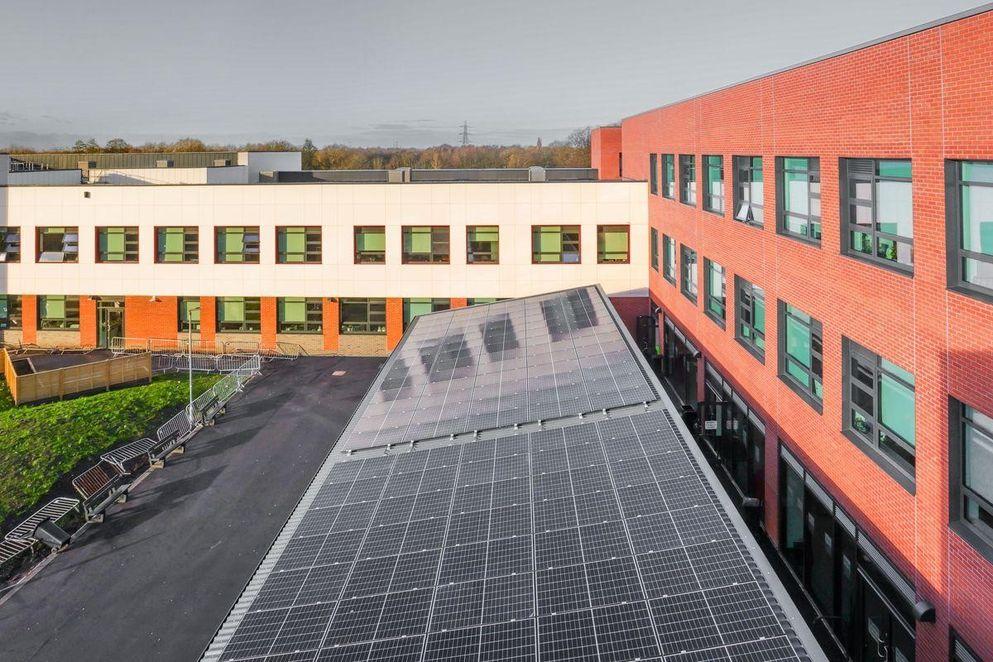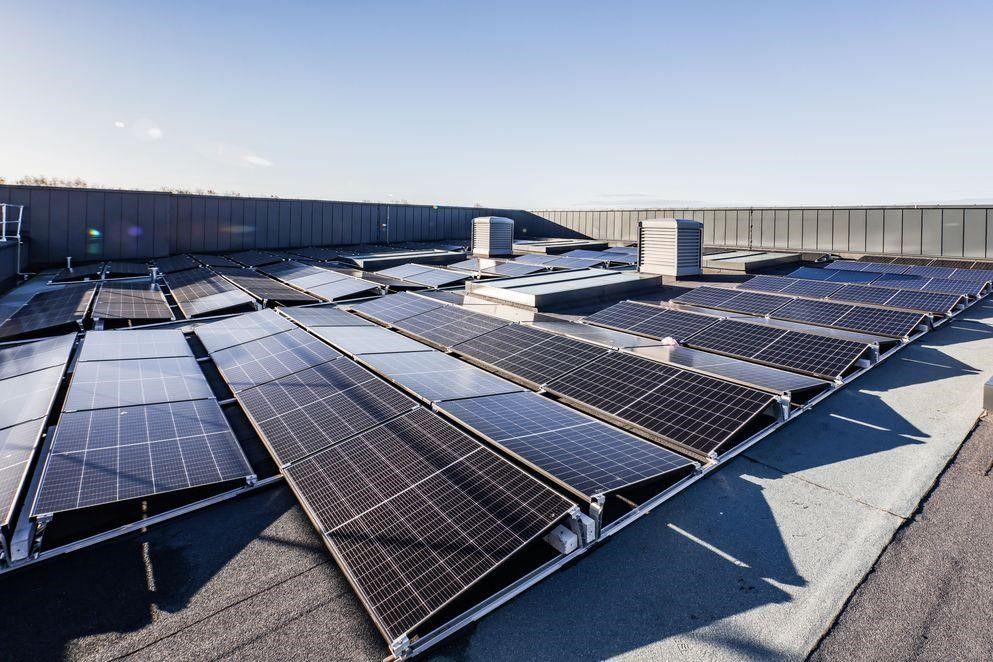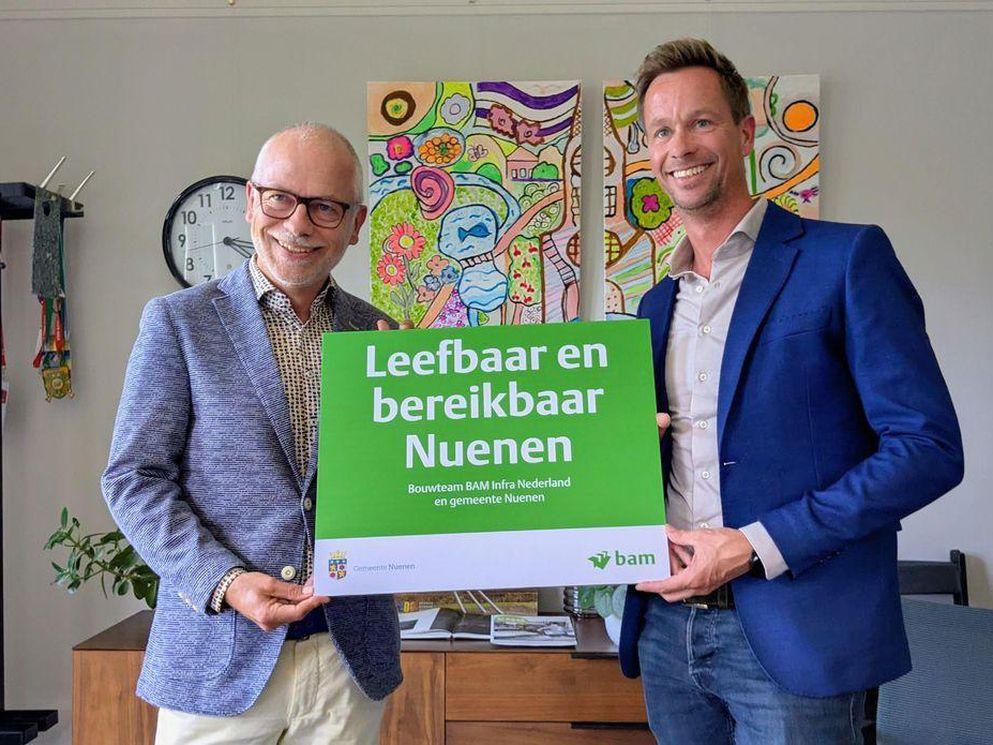Net Zero schools: BAM’s green future is here and now
BAM’s commitment to building Net Zero schools is a promise to meet sustainability targets, deliver products that positively impact the environment and keep running costs low. From our Passivhaus schools in Scotland, to our Net Zero Carbon in Operation (NZCiO) schools in England, we’re making possible greener and cost-efficient schools for our communities.
Southam College is a ‘Pathfinder’ facility which allows BAM Design to use its in-house multi-disciplinary teams: Architecture, Structures, MEPH (Mechanical, Electrical, and Public Health), Sustainability and Interior Design.
Pathfinders are a DfE initiative that provide funding to inform Net Zero schools, they act as the forerunner to projects being delivered within the current DfE framework (known as CF21).
Simply put, a ‘Pathfinder’ is a project used to explore how Net Zero can be made possible and allows learning to be used on future projects. Using this approach allows BAM Design to optimise the design process and work collaboratively with our project teams. The design and build on Southam College informed two other projects, Fred Longworth High and Byrchall High School.

Southam College – BAM.
This method of working allows a considered approach to finding practical solutions that enhance and transform the buildings, delivering class-leading education centres which combine products and systems that have Net Zero emissions in operation.
Marcus Burley, Associate, BAM Design, said: ‘By evolving and testing our design for Southam College with input from BAM's supplier network, then applying the learning and innovation on the Fred Longworth and Byrchall High School schemes, we’ve developed a robust, flexible design solution to meet the DfE's carbon and sustainability targets, creating schools that are resilient to the future impacts of a changing climate.’
Some examples of achieving Net Zero at Southam College are:
- The use of low-carbon materials such as 80% recyclable aluminium window frames, cross-ventilation to reduce the need for 24/7 fans and bio-solar roofing which also encourages biodiversity.
- Maximising natural light through the windows, reducing the need to turn the lights on.
- Green solar PV energy generators placed strategically on the facilities for maximum efficiency.
- Low-carbon heating and ventilation around the buildings, reducing running costs.
Significantly, each design decision helps to deliver low-energy, sustainable buildings with fully offset emissions, ultimately meaning they are more environmentally friendly and cheaper to run.

These centres also transform the day-to-day experience for the students and staff, providing spaces that are more than just a building, making it possible to be the heartbeat of their communities. They also provide potential income streams from surplus green energy that can be reinvested in the facilities and the pupils education.
Phase 1 of Fred Longworth was handed over in October 2023 and Phase 1 of Southam College was handed over in May 2024. Each project is now onto the demolition works for the old facilities and external works. Phase 1 of Byrchall High School will be handed over in Summer 2024, with the demolition and external works completed in 2025.
Andrew Pryke, Managing Director, BAM Design: ‘Southam has not only benefitted from improvements made on the DfE NZCiO targets, but our in-house ‘Building Performance Evaluation’ team has enabled reporting on the asset in operation. This work is now highlighting the whole-life benefits, rather than just upfront, which will enable us and the DfE to meet the Industry 2030 Climate Change targets. It will also enable us, and the DfE, to start ‘data solutions analysis’ to seek improvements, joining whole-life embodied carbon, circularity, biodiversity and social sustainability and monitor it’s whole portfolio. BAM will be using this information to enhance its ‘platform-approach’ across other market sectors.’

Fred Longworth High School – BAM.



